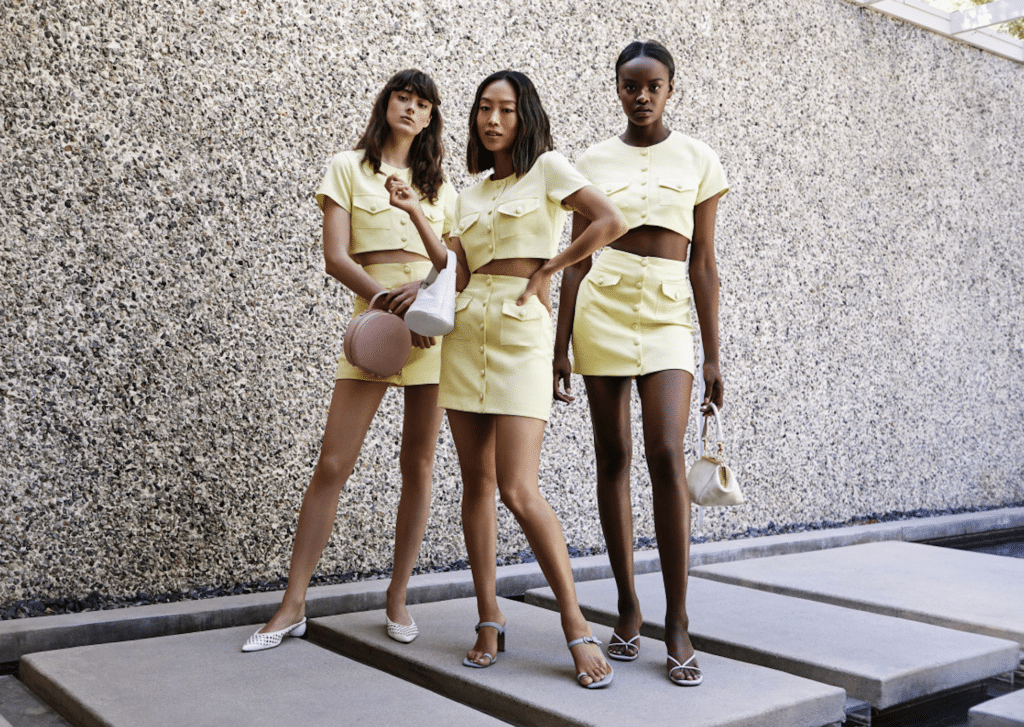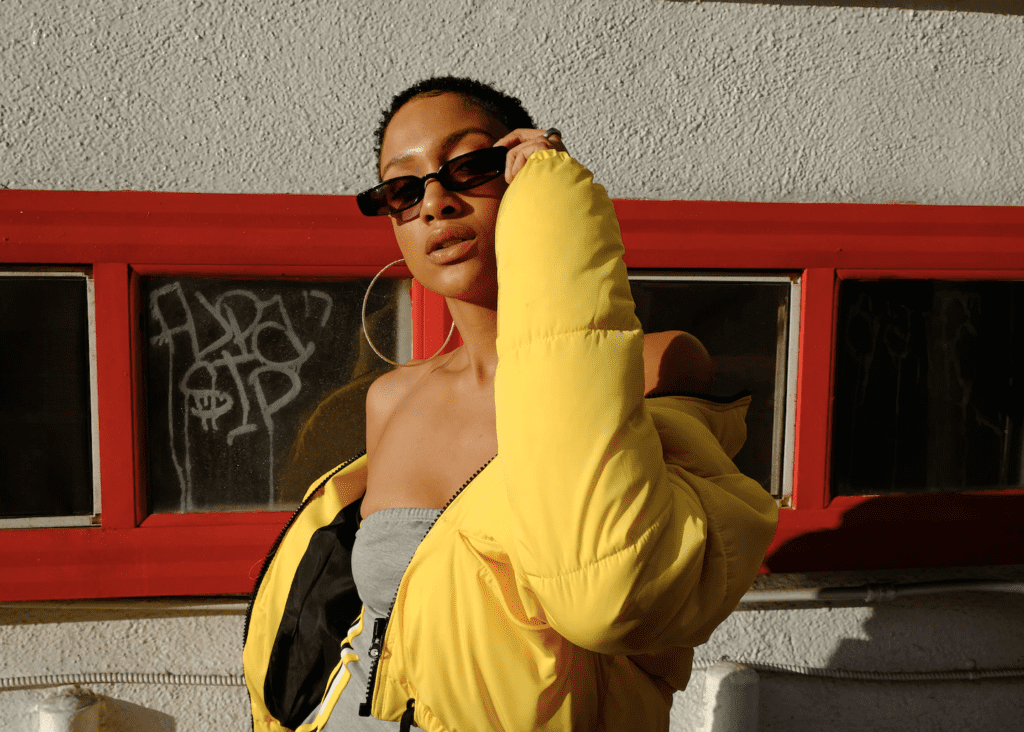Amid headline-making fundraising rounds for consumer-to-consumer resale platform – and Lithuania’s first-ever unicorn – Vinted, second-hand fashion platform Reflaunt, and a Kering-led round for Vestiaire Collective, among others, all of which have taken place over the past several months, Thrilling also welcomed an $8.5 million investment by way of a late April Series A round led by Prelude Ventures. The company is an interesting one in that connects brick-and-mortar secondhand/vintage stores across the U.S. with eager consumers by way of its e-commerce platform. In other words, it is literally bringing traditional thrift stores online in order to make that clothing more “discoverable, accessible, and appealing.”
Harvard Business School graduate and J.P. Morgan investment banking alum, Shilla Kim-Parker launched the Los Angeles-based company in 2018, alongside co-founder Brad Mallow, putting forth a model that does not see it connect consumers looking to sell pre-owned garments and accessories to consumers on the hunt for such offerings by way of a digital marketplace in the same way as Poshmark or ThredUp. At the same time, Thrilling does not take inventory from individual and/or brand-consignors in order to sell that inventory to consumers, which is the basis for The RealReal and Vestiaire’s businesses. Instead, it is something like the Farfetch of resale in that it hosts third-party businesses and connects them to consumers, and takes a cut of the sales. In exchange for 10 percent of each sale, Thrilling hosts the product listings on its site, processes payments, and handles shipping and returns.
As of now, the almost-3-year-old company says that it connects consumers with “over 300 stores in more than 100 cities” – up from 145 stores across 30 cities, in September 2020 – and makes it “fun and easy to find unique, high-quality vintage clothing online.” And its numbers are growing across multiple metrics. Kim-Parker told dot.LA that Thrilling is “currently receiving hundreds – up to a thousand – new store applications every month,” as existing second-hand stores look to digitize, particularly in the wake of the pandemic. To put the pool of potential sellers in perspective, she said that “there are more secondhand stores across the U.S. than there are Starbucks and McDonald’s combined, and yet, 99 percent of their inventory is completely offline.”
More than merely tapping into the “treasure hunt” experience that has enabled national chains like T.J. Maxx and Marshalls to win over consumers (albeit in an almost-exclusively brick-and-mortar capacity), Thrilling states that another attractive element of its business stems from the fact that 95 percent of the shops and sellers it hosts “are women and/or Black, Indigenous, and people of color,” something that Kim-Parker, a Black and Asian woman (and mother of two), told Fortune is significant given that “shoppers are voting with their dollars in terms of spending with companies that align with their values … and support[ing] local indie shops,” as well as “traditionally marginalized communities.”
In terms of the Series A funding, Thrilling – which previously revealed that its sales were growing as much as 50 percent on a month-over-month basis as of January 2020 – says that it will use the cash, in part, to launch a new site, complete with “new data analytics features for its store partners and ‘personalization technology’ that curates product suggestions for shoppers.”
As Bloomberg’s Andrea Felsted wrote this week, the recent flurry of investments in the resale space “underlines the current vogue for vintage and secondhand apparel – including anything from bootcut jeans to Gucci loafers.” She noted that “the market has grown with this year’s listings of U.S. resale platforms Poshmark Inc. and ThredUp Inc,” with the valuations of these parties “partly reflecting the anticipated growth of the resale market,” which could be worth as much as $60 billion by 2025, according to some estimates, thanks to enduring demand from eco-conscious (and more budget-conscious) millennial and Gen-Z consumers across the globe.














